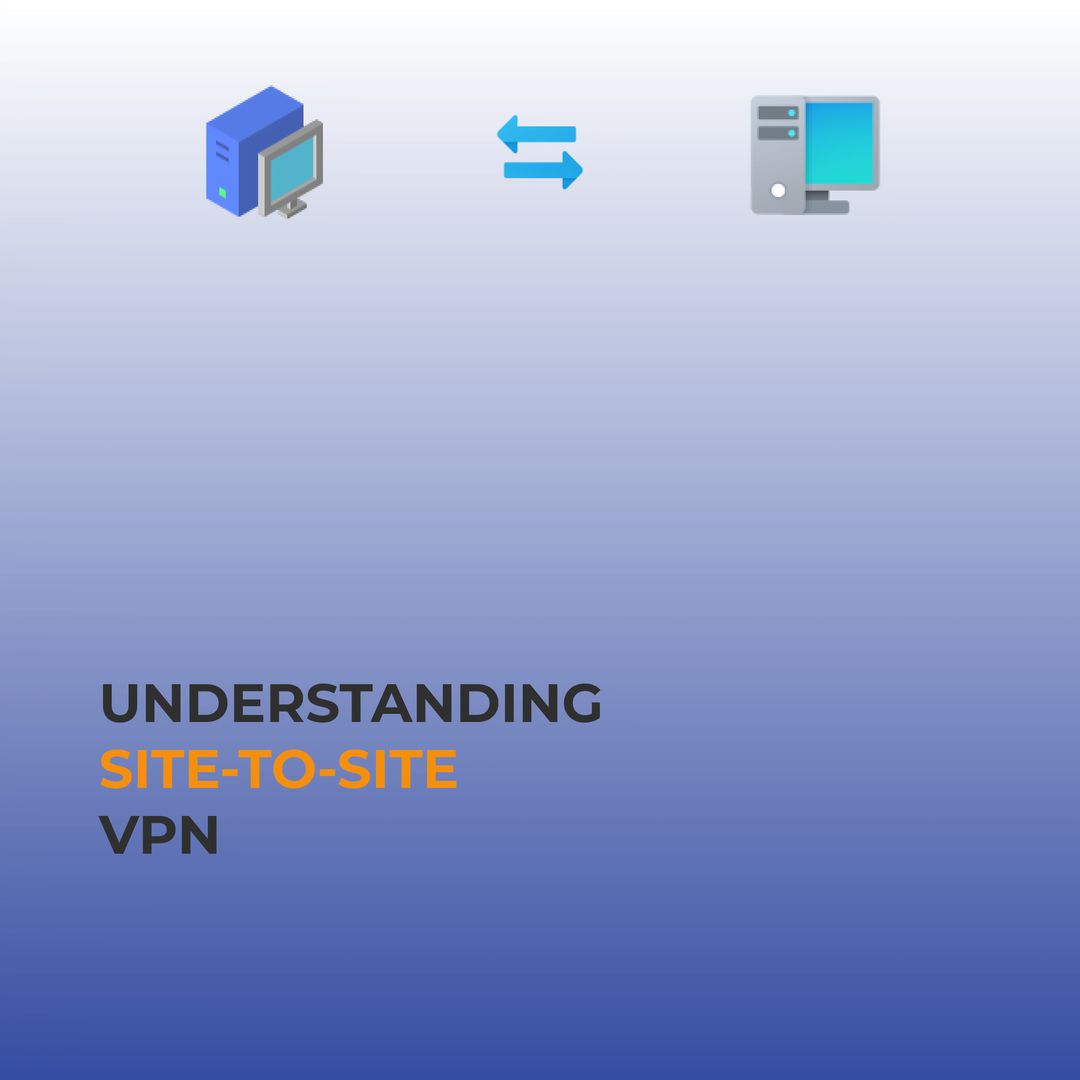What is a Site-to-Site VPN?
Definition and Core Functionality
A Site-to-Site Virtual Private Network (VPN) connects two or more geographically dispersed networks through encrypted tunnels over the public internet. Unlike Remote Access VPNs, which secure individual device connections, Site-to-Site VPNs link entire networks (e.g., LANs) to function as a single cohesive system. This enables seamless resource sharing and secure communication between offices, data centers, or cloud environments.
Key Components of Site-to-Site VPN Architecture
-
Gateways: Devices (e.g., routers, firewalls) at each site that manage encryption, decryption, and tunnel establishment.
-
Tunnels: Encrypted pathways (e.g., IPsec, SSL/TLS) that secure data transmission across public networks.
-
Routing: Protocols like BGP or OSPF direct traffic between connected sites.
-
Encryption: Algorithms such as AES-256 protect data integrity and confidentiality.
How Site-to-Site VPNs Work
Connection Establishment Process
-
Gateway Authentication: Gateways exchange pre-shared keys or digital certificates to verify identities.
-
Tunnel Negotiation: Protocols like IKE phase 1 negotiate encryption parameters and establish secure channels.
-
Data Encryption: Traffic is encapsulated and encrypted using agreed-upon standards (e.g., AES-256).
-
Decapsulation: Receiving gateway decrypts and routes data to the destination network.
Example Scenario
A multinational corporation with offices in New York and London uses Site-to-Site VPNs to enable employees to access shared databases and internal tools as if they were on the same local network.
Common Protocols and Technologies
-
IPsec: Industry standard for secure packet delivery, supporting AH (Authentication Header) and ESP (Encapsulating Security Payload).
-
SSL/TLS: Ideal for extranet scenarios, enabling secure web-based access.
-
OpenVPN: Open-source protocol offering flexibility and robust encryption.
-
GRE (Generic Routing Encapsulation): Often paired with IPsec for tunneling non-IP traffic.
Benefits of Site-to-Site VPNs
Enhanced Security
-
Data Encryption: AES-256 and SHA-256 ensure data remains unreadable to unauthorized parties.
-
Access Control: Granular policies restrict unauthorized network access.
Operational Efficiency
-
Seamless Resource Sharing: Employees access files, VoIP systems, and cloud applications across locations.
-
Scalability: Easily add new offices or cloud environments without infrastructure overhauls.
Cost Savings
-
Reduces Leased Line Costs: Leverages existing internet connections instead of expensive MPLS circuits.
-
Centralized Management: Simplifies IT administration via unified policy enforcement.
Applications Across Industries
Healthcare
Securely transmit patient records between hospitals and clinics while complying with HIPAA regulations.
Finance
Enable encrypted transaction processing between bank branches and headquarters.
IT and Cloud Integration
Connect on-premises infrastructure to AWS, Azure, or Google Cloud using hybrid architectures.
Setting Up a Site-to-Site VPN
Step-by-Step Configuration
-
Hardware Requirements: Deploy compatible gateways (e.g., Cisco ASA, Fortinet Firewalls).
-
IP Address Planning: Assign unique private IP ranges to avoid conflicts.
-
Tunnel Configuration: Define encryption settings, pre-shared keys, and routing rules.
-
Testing: Validate connectivity via ping tests and application performance checks.
Best Practices
-
Redundancy: Implement failover gateways to prevent downtime.
-
Monitoring: Use tools like SNMP or NetFlow to track latency and throughput.
-
Regular Updates: Patch firmware and protocols to address vulnerabilities.
Security Best Practices
Strong Encryption Standards
-
Use AES-256 for data-at-rest and IPsec for data-in-transit.
-
Avoid outdated protocols like DES or MD5.
Multi-Factor Authentication (MFA)
Require biometric verification, hardware tokens, or OTP (One-Time Passwords) for gateway access.
Network Segmentation
Deploy VLANs to isolate sensitive traffic (e.g., financial data) from general network activity.
Continuous Monitoring
Leverage SIEM tools (e.g., Splunk, AWS CloudWatch) to detect anomalies like unauthorized login attempts.
Challenges and Limitations
Scalability Issues
Mesh topologies with multiple tunnels may require advanced tools like DMVPN (Dynamic Multipoint VPN) or SASE (Secure Access Service Edge).
Latency Concerns
Public internet variability can affect performance; mitigate via QoS (Quality of Service) policies.
Hardware Overhead
Older appliances may struggle with high-traffic loads; upgrade to modern gateways with dedicated encryption chips.
Future Trends in Site-to-Site VPN
Integration with SASE
Secure Access Service Edge (SASE) combines SD-WAN, ZTNA (Zero Trust Network Access), and cloud-delivered security to replace traditional VPNs in hybrid environments.
Quantum-Resistant Encryption
Anticipate adoption of post-quantum algorithms like NIST’s CRYSTALS-Kyber to counter future threats.
Q&A
Q: What distinguishes Site-to-Site VPNs from Remote Access VPNs?
A: Site-to-Site VPNs connect entire networks via gateways, while Remote Access VPNs secure individual device connections using client software.
Q: Can Site-to-Site VPNs integrate with cloud environments?
A: Yes. Solutions like AWS Transit Gateway or Azure Virtual WAN enable secure hybrid cloud connectivity.
Q: What are the primary security risks, and how can they be mitigated?
A: Risks include misconfigured gateways and outdated firmware. Mitigate by enforcing MFA, regular audits, and automated patch management.

